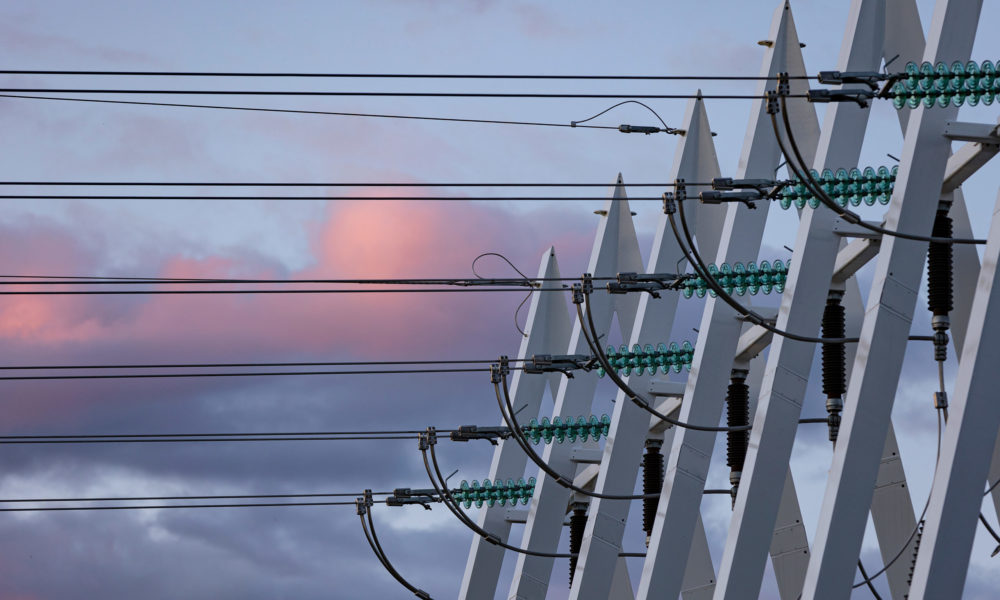Fingrid’s Specialist Mika Laatikainen makes forecasts to optimise the use of the network in the week ahead. High-quality forecasts enable the Main Grid Control Centre to maintain an excellent standard of system security now and in the future.
“The forecasts estimate electricity transfers via the cross-border connections and over internal connections within Finland. This ensures that we do not breach the thresholds set for ensuring system security. The forecasts are also used to monitor the balance between generation and consumption in Finland,” he says.
Short-term estimates of electricity consumption and generation are created using ready-made weather forecasts from commercial providers. Information is purchased from several sources in order to minimise the number and impact of errors.
Assisted by forecasting systems
Fingrid transforms the weather forecasts it receives from service providers into megawatts of electricity. Forecasting systems analyse this weather data, interpreting the significance of temperature, air pressure, wind direction and wind speed.
“When the forecasting system has finished its analysis, Fingrid verifies that the result makes sense. This is largely based on our knowledge of Finland’s main grid and the ability to keep up with the pace of change in the sector. For example, we need to know when new wind farms will come online,” Mika Laatikainen says.
Forecasts are also purchased from commercial service providers to support the data created by the forecasting system. These outsourced forecasts are used to compare the results – if the differences are substantial, the average of the results is used.
Increase in wind power presents a challenge
The amount of wind power, which fluctuates according to the weather and is difficult to predict, has increased rapidly and become increasingly important for forecasting. This makes the work more challenging.
“We have a forecasting system based on numerical weather forecasting which is widely used in the sector. Our outsourced services leverage machine-learning models that have been in use for a few years,” Laatikainen says.
“Our consumption forecast is already very accurate: the margin of error is just a couple of per cent, which equates to about 200 megawatts. This corresponds to the electricity consumption of a medium-sized town or a large paper mill. However, the models need to be constantly developed because even a small error can multiply in size as the volumes of consumption and volatile, weather-dependent generation increase,” Laatikainen states.
The data produced by Fingrid is also freely shared with companies and private individuals. The data is available at data.fingrid.fi




